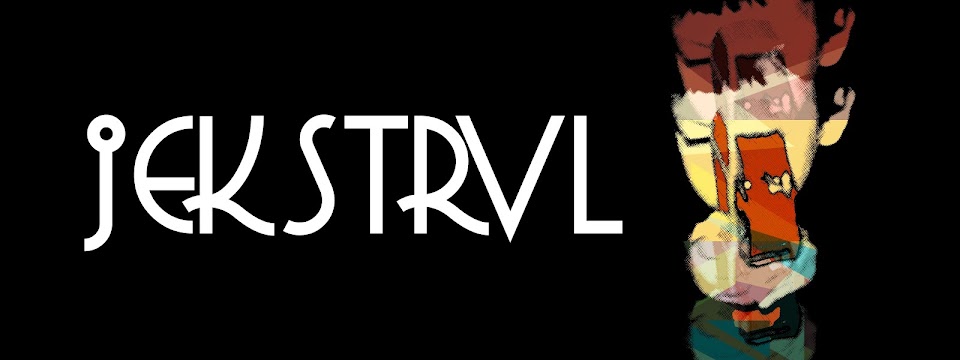
I admit that there are times that I'm bothered with some grammar and writing mistakes that I hear and read. Of course, depending on who says or writes it, maiintindihan ko. I don't claim to be perfectly correct with the use of the English language. Jusme, napapatanong pa rin ako paminsan-minsan sa sarili ko kung tama ba 'yung isusulat o sasabihin ko. However, when I see a mistake that I truly know is a mistake, that's when I get bothered about it, especially if there are people committing the same mistakes over and over again.
In speaking, people tend to get away it because of confidence and speed of delivery. In writing, medyo mahirap. For one thing, it's permanent. Second, masakit talaga sa ulo kung gumegewang ang grammar ng nagsulat. Maski naman sa Pinoy language, may mga bagay na kinaiinisan ko like the use of daw/raw, ho/po, diyan/riyan, doon/roon, at din/rin. May mga tao na di talaga alam ang pagkakaiba ng dalawa sa isa't-isa.
In terms of writing, the use of punctuations is very important. Wrong placement of punctuations could mean disaster to the writer and the reader. Example:
In terms of writing, the use of punctuations is very important. Wrong placement of punctuations could mean disaster to the writer and the reader. Example:
I don't like liars like you, I hate them!
as oppose to
I don't like liars, like you, I hate them!
See the difference? The meaning changes upon placement of a comma. Another case in point is the use of apostrophe. I must say that I was also a victim of this rule until I get to teach it during the second semester that I learned about it and understand it better. That is why I'm sharing this so you can avoid committing the same mistake again.
Showing omission of letters
Apostrophes are used in contractions. A contraction is a word (or set of numbers) in which one or more letters (or numbers) have been omitted. The apostrophe shows this omission. Contractions are common in speaking and in informal writing. To use an apostrophe to create a contraction, place an apostrophe where the omitted letter(s) would go. Here are some examples:
don't = do not
I'm = I am
he'll = he will
who's = who is
shouldn't = should not
didn't = did not
could've= could have (NOT "could of"!)
'60 = 1960
Showing omission of letters
Apostrophes are used in contractions. A contraction is a word (or set of numbers) in which one or more letters (or numbers) have been omitted. The apostrophe shows this omission. Contractions are common in speaking and in informal writing. To use an apostrophe to create a contraction, place an apostrophe where the omitted letter(s) would go. Here are some examples:
don't = do not
I'm = I am
he'll = he will
who's = who is
shouldn't = should not
didn't = did not
could've= could have (NOT "could of"!)
'60 = 1960
So the use of apostrophe in '80s, '90s is for contraction. You put the apostrophe where you omitted the numbers. Now, if you wish to have them own something, put the apostophe before and after the numbers:
'60's fashion = Fashion of the 1960s
'70's dance moves = Dance moves of the 1970s
'80's Regal Babies = Regal Babies of the 1980s
'70's dance moves = Dance moves of the 1970s
'80's Regal Babies = Regal Babies of the 1980s
Before apostrophe = contraction; after apostrophe = possession
So there. I hope I get to enlighten you regarding the use of apostrophe for decade contractions.

No comments:
Post a Comment